European space company EADS Astrium wants to begin suborbital tourism flights with its proposed space jet by 2012.
With four passengers paying up to €200,000 ($267,000) each and one pilot, the jet's 90 minute trip would provide three minutes of weightlessness when the vehicle reaches its apogee of about 100km (60 miles).
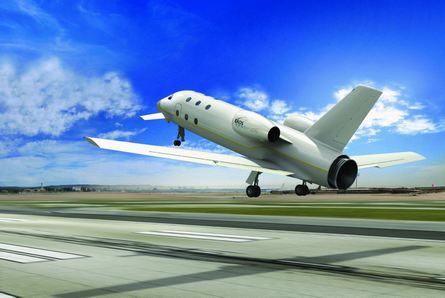
The space jet will take off from a conventional runway, powered by two jet engines, and fly to 39,300ft (12,000m), where it will ignite its liquid oxygen, methane rocket engine providing an ascent acceleration of 3g. After 80s the jet will reach 196,000ft and coast to its apogee.
Small rocket thrusters will be used as a reaction control system during the spaceflight portion of the trip.
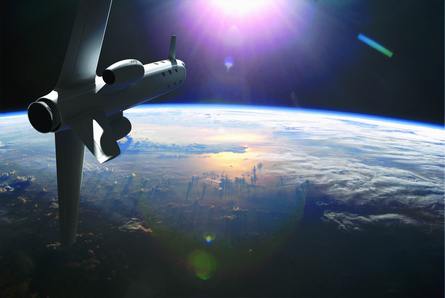
In descent the passengers will experience up to 4.5g and in the flight's final stage the space jet's turbofans will restart for a powered return to a runway.
"From now until the end of the year Astrium and the Marc Newson [cabin design] team will be finalising the design and consolidating industrial and financial partnerships in readiness to launch the project by 2008," says Astrium.
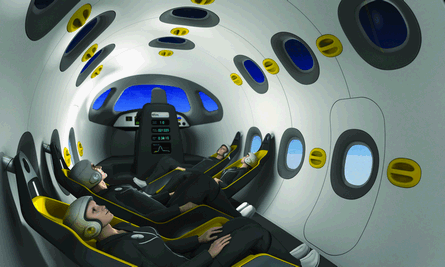
The financial plan envisages a potential expenditure of around €1 billion and includes refundable loans and regional development funding.
The business case predicts five space jets and 20 engines, for maintenance and replacement purposes, being manufactured every year with each vehicle operating for 10 years with one flight a week.
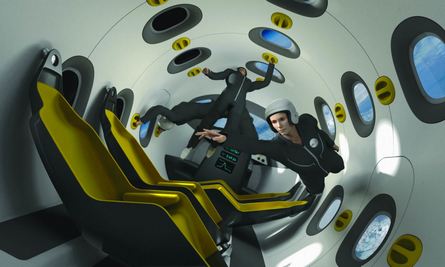
Astrium expects to have a fleet of 20 vehicles after 10 years, with flights undertaken for scientific and military missions as well as tourism.
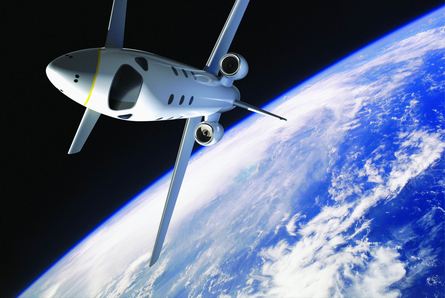
Following five-years of operation Astrium aims to have captured 30% of the space tourism market predicted by the Futron studies.
Astrium considers space jet as a potential precursor for rapid point-to-point transport or quick access to space vehicles.
Related stories- ICAO for space takes first step
- Space tourist industry wants immunity law across USA
- European astronauts to urge suborbital tourism industry
- Space tourism vehicle flight test rules published by FAA
- Virgin Galactic signs Spaceport America anchor tenant deal
Related blogs
Source: FlightGlobal.com























